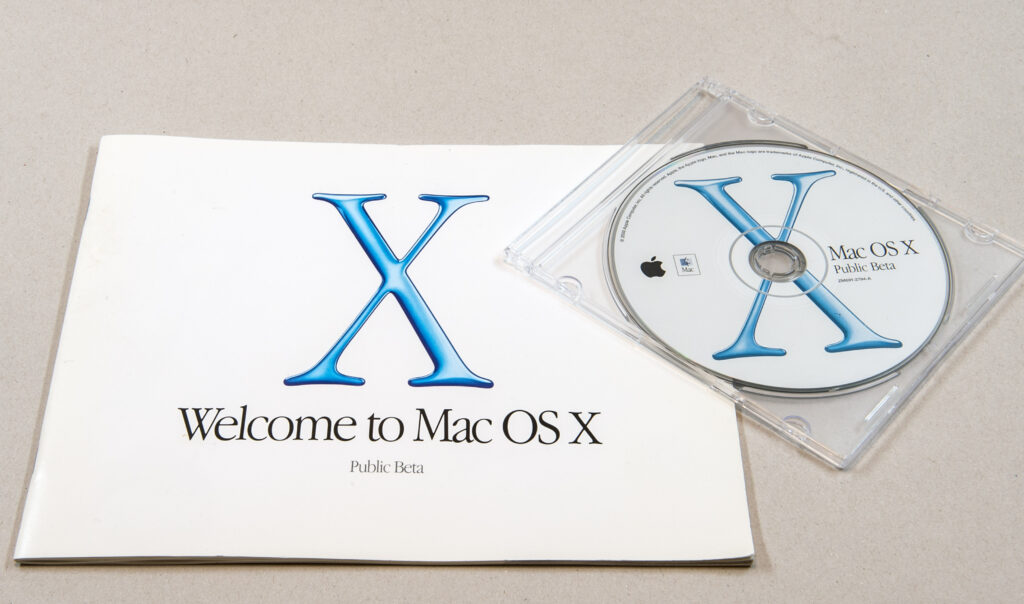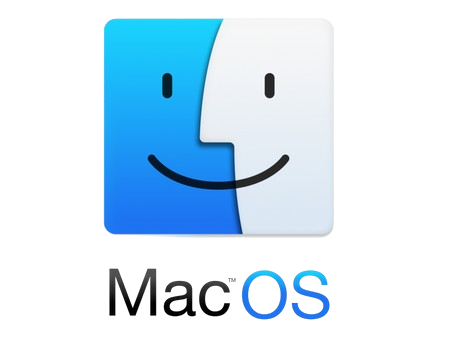The Mac operating systems in order has changed significantly over the years and has only had three major branding modifications: Mac OS X (2001-2011), OS X (2012-2015) along with macOS (2016-present). The evolution has brought with it new features, improved interfaces, and a growing Apple ecosystem which continues to delight users from all over the world.
Mac OS X Era (2001-2011)

- Mac OS X 10.0 (Cheetah) – March 24 2001 This first release introduced the famous Aqua interface, and made a sensation with its blue-water style. However, it had issues with performance, prompting Apple to make efficiency a priority in future versions.
- Mac OS X 10.1 (Puma) – September 25, 2001
Puma improved performance thanks to CD/DVD burners, more printing support, as well as OpenGL enhancements. It was made available as a no-cost upgrade to Cheetah customers. - Mac OS X 10.2 (Jaguar) – August 23, 2002
Jaguar launched its Address Book along with iChat as well as QuickTime with support for MPEG-4. The launch also marked the introduction of Safari the first official Apple browser that replaced Internet Explorer. - Mac OS X 10.3 (Panther) – October 24, 2003
Panther came with more than 150 new features, particularly FileVault for encryption and Fast User Switching and a redesigned Finder with a brushed metal interface. - Mac OS X 10.4 (Tiger) – April 29, 2005
Tiger introduced Spotlight which is a powerful search tool, as well as Core Image for enhanced graphic effects. This was the beginning of Apple’s move into Intel processors. - Mac OS X 10.5 (Leopard) – October 26, 2007
Leopard upgraded the desktop using a brand the brand new Dock and Stacks feature and added 64-bit compatibility. Time Machine, and Spaces for virtual desktops. - Mac OS X 10.6 (Snow Leopard) – August 28, 2009
Snow Leopard focused on performance and performance, making a variety of applications 64-bit compatible, and improving Finder as well as QuickTime. It was available at a discounted price of $29. - Mac OS X 10.7 (Lion) – July 20, 2011
Lion included Launchpad, Mission Control, and AirDrop offering an like iOS-style interface. It also featured multi-touch gestures. is the first one to be available via Mac App Store. Mac App Store.
OS X Era (2012-2015)

- OS X 10.8 (Mountain Lion) – July 25, 2012
Mountain Lion brought iOS features like Messages and Notes and Reminders. It also included iCloud as well as Notification Center, making cross-device integration much more effortless. - OS X 10.9 (Mavericks) – October 22, 2013
Mavericks was the first Apple-sponsored free macOS update that introduced Maps, iBooks and Maps as well as Finder tags, as well as iCloud Keychain for password management. - OS X 10.10 (Yosemite) – October 16, 2014
Yosemite featured a dramatic design overhaul, with a simple minimalist style, which is more closely in integrating macOS to iOS. It came with Handoff for cross-device interactions as well as a brand new dark mode as well as a more refined Notification Center. - OS X 10.11 (El Capitan) – September 30, 2015
El Capitan optimized system performance and usability. It also introduced Split View, an enhanced Mission Control, and an updated Notes application.
macOS Era (2016-Present)

- macOS 10.12 (Sierra) – September 20, 2016
Sierra integrated Siri integrated Siri into macOS and included Apple Pay, along with improved iCloud support and optimised storage. - macOS 10.13 (High Sierra) – September 25, 2017
High Sierra enhanced performance with the Apple File System (APFS) and added HEVC video compression as well as Metal 2 for better graphics. - macOS 10.14 (Mojave) – September 24, 2018
Mojave introduced a well-loved Dark Mode, Dynamic Desktop as well as improved security features. Also, it marked the first release of the Mac App Store’s revamped. - macOS 10.15 (Catalina) – October 7, 2019
Catalina was the last of Catalina’s iTunes and replaced it with separate TV, Music and Podcasts apps. Sidecar enabled iPad to act as a secondary display in addition, Screen Time was introduced for monitoring of activity. - macOS 11 (Big Sur) – November 12, 2020
Big Sur featured a complete visual overhaul, Control Center, Safari enhancements and optimization for Apple’s M1 chip. - macOS 12 (Monterey) – October 25, 2021
Monterey has introduced Universal Control for seamless device connection and emphasis Mode in conjunction with AirPlay for Mac. - macOS 13 (Ventura) – October 24, 2022
Ventura launched Stage Manager for simplified Multitasking and Continuity Camera and Spotlight improvements, further enhancing an ecosystem that is cross-device. - macOS 14 (Sonoma) – September 26, 2023
Sonoma upgraded video conferencing capabilities and introduced interactive widgets on the desktop, increasing personalization and productivity.
Each of these updates of the mac operating systems in order illustrates the dedication of Apple to innovation and flawless integration with technology, providing users a smooth and secure experience for computing across every Mac devices.

